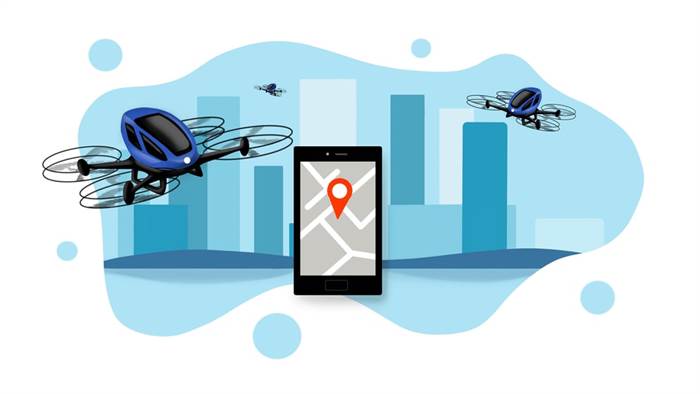Leovegas Har Säkrat En Spellicens I Tyskland ‘betydelsefull Möjlighet’
January 8, 2022Торговые Платформы Терминалы Форекс Какую Платформу Лучше Выбрать Для Стабильной Торговли На Бирже?
January 19, 2022Outsourcing vs Outstaffing: Which Should You Choose?
We help to estimate your project as accurately as possible, but you should understand that even in the most accurate measurements, there are errors. And even more so in development – details and nuances can emerge that were impossible to foresee. We’ll rarely send you articles to keep you updated with the latest software development trends. More than a third of small businesses surveyed in Clutch’s 2019 review outsource a business process and more than half have plans to outsource in the future.

After you find your client, it’s time for our Customer Success department to hold the reigns. They will get you acquainted with our Lemon.io app for billing and timing and answer all your questions on the way. Outsource model fits companies with project-based thinking and project-oriented needs. We have successfully replicated 370+ projects and continue to prove our clients’ trust. So, outsourcing is a great alternative to setting up an internal department or handing over a number of tasks to employees who are already in the organization. Ultimately, if you want your own remote employees, there is a solution for you.
Outsourcing vs. Outstaffing, What’s the Difference?
Our dedicated project managers act as liaisons to ensure smooth collaboration and prompt responses to your queries. At SDD Technology, we understand that project requirements may change. We offer flexibility to accommodate your needs, allowing you to seamlessly transition between outsourcing and outstaffing models as required. Our team will work closely with you to ensure a smooth switch and continuation of your project. Outstaffing offers the advantage of having full control over the development process.
There is also a difference in price, salaries, responsibilities, and management teams. Any company needs good specialists, but not everyone has all the necessary capabilities and resources to recruit and maintain a vast staff. That is why many companies use outstaffing and outsourcing services. The choice of one of the models largely depends on your business’s initial needs, goals, and capabilities.
Purpose – are you the company you say you are?
They gain insight into all aspects of the process – including design choices, coding standards, and testing procedures – enabling them to ensure compliance with industry best practices. Is it easy to loop outsiders into your project management software systems? If the answer to all these questions is no, you should seriously consider outsourcing instead of outstaffing. In this case, your IT services vendor can quote you what it will cost to work with their IT resources for the duration of your project. They handle all the management of their team resources, with a client liaison that helps work with you on a business plan.

The client basically hires outstaff developers for the needed time. Outstaffing is a type of offshore software development in which a client hires a contractor from a software outsourcing company software outsourcing and outstaffing to carry out development tasks. Outsourcing and outstaffing business models entail remote cooperation between your company and the software development vendor as the team extension services.
Outsourcing vs. Outstaffing: Which should you choose?
Even though your company will be the one that manages the hired development team or individual, the developer’s payroll is handled by the outstaffing company you partner with. Outsourcing is a practice of having workers from another company (or just an individual) to perform a certain job for you. This could mean creating an app, a software product, website development, etc. Along with outstaffing, outsourcing is as an alternative to creating your in-house department or handling tasks to employees working in your organization. People often assume outsourcing and outstaffing are the same things. This probably happens because both methods imply a client entrusts workers from outside the company to do a job.

For this reason, it is important to explore each model’s pros and cons. By doing so, you will be able to identify which model is the https://www.globalcloudteam.com/ best for your company. That being said, outstaffing is a model that can help a company temporarily augment its development team.
What is Outstaffing & How Does it Work?
To put it simply, those who vote for outstaffing must have a lot of thoroughly planned work to do. Only then the said hiring model will be fruitful and beneficial, bringing no disadvantages on the table. This is when the client delegates all responsibilities to a person officially hired by another company (outsourcing agency). In fact, it isn’t easy to calculate the average rates for outstaffing or outsourcing because prices vary from specialist to specialist. Outstaffing is ideal for companies that are working on newer, less established projects or who prefer to have more control over IT development. One of the things that worries clients attempting hands-off outsourcing is what will happen if the code simply doesn’t work?

Since the client takes a more active part in managing the outstaffed team members, outstaffing models generally come with a much lower cost. There is quite a bit of bleed over in outsourcing vs outstaffing when it comes to software development services. However, there are two distinct types of remote IT service structures.
Pros and Cons of Outstaffing
A lot of people believe that offshoring is only for short-term tasks. Being responsible for the management, you are also responsible for the whole planning process. Quite often, those who have never evaluated and planned their work can’t correctly establish a software building process. However, you must keep your HR department informed of your outstaffing development plan. If this is the case, Outsourcing could be a better option, but the outstaffing of administrative roles could also be the right move. Similar to Outsourcing, Outstaffing is another way of expanding a business capability with help from outside the company (whether nearshore, offshore or onshore).
- The team considered options for their versatility, interoperability, cost, and function.
- Software architects occupy the top of the internal hierarchy of development teams.
- This is the practice of transferring certain tasks and functions by the client company to the contractor company, specializing in the relevant field.
- In managing business operations, outsourcing offers flexibility and scalability.
- Since there are many differences, we cannot say, “hey, this model is better than the other,” because it’s not possible to neglect all their positives.
- Well, there’s good news there, because the outsourcing vendor is responsible for handling all of the quality assurance.
For this reason, we have created an analytical guide that explains what outsourcing and outstaffing is and what the main differences are between them. This article will also help you figure out which model best fits your business needs and how to find high-quality collaboration partners to outsource your IT projects. In conclusion, it is worth adding that most companies today are satisfied with the services provided by freelancers from Ukraine. Outstaffing and outsourcing allow companies to optimize business processes and reduce personnel costs. It solves the problem of hiring specialists for a short or long term. Outstaffing is a type of outsourcing where businesses bring in external staff to supplement their existing workforce.
Outsourcing Pros & Cons
But the very timeframes are not vague, they are precisely assessed, and the team is obliged to meet them. One of the main reasons why companies choose the offshore development service is to reduce cost on development. This is especially relevant for countries with high development cost.

